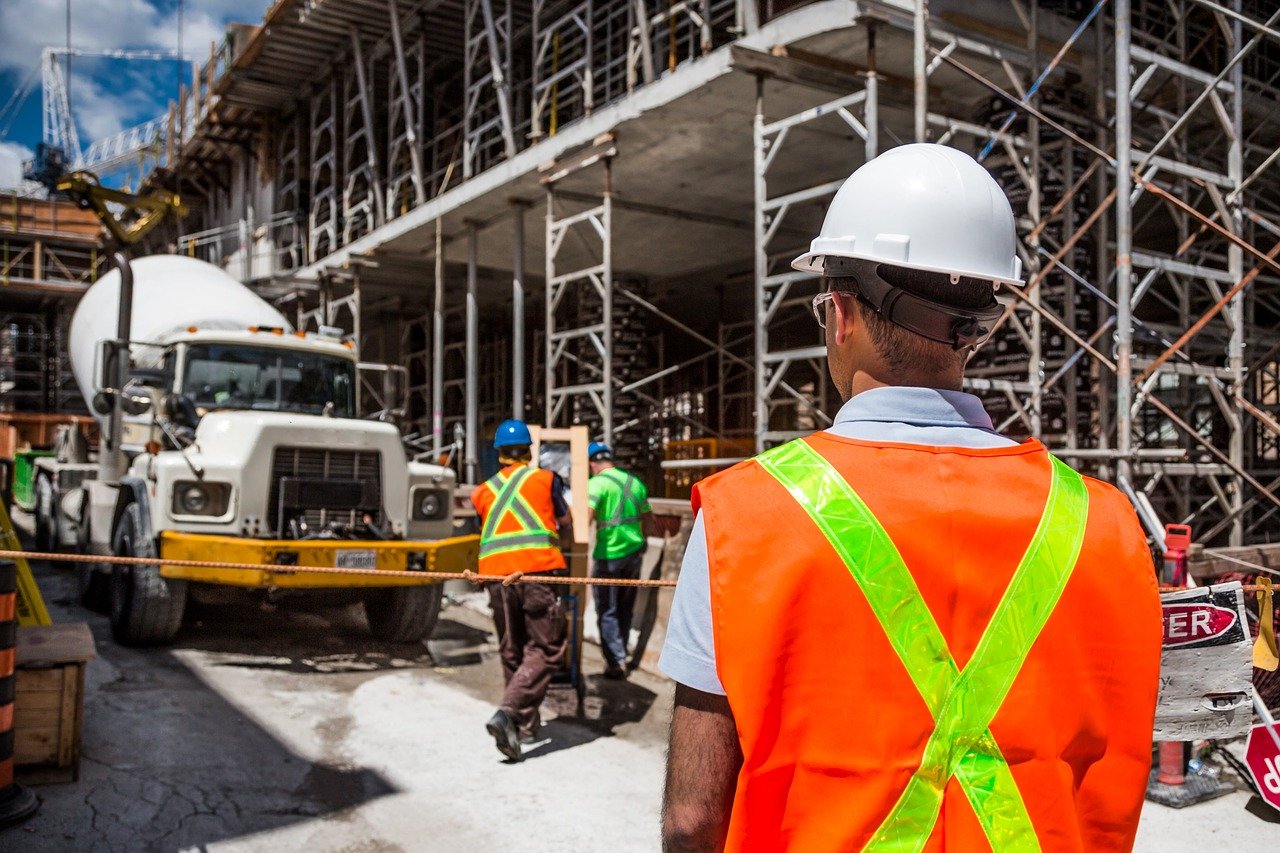
Hoisting signals – Basic rules Explain dangers In hoisting operations, miscommunication between the signaller and the operator can lead to injuries, fatalities, and property damage. Identify controls If you’re going to rig a load, you also need to know the signals for lifting, moving, and landing it. The operation may be a simple LIFT and […]
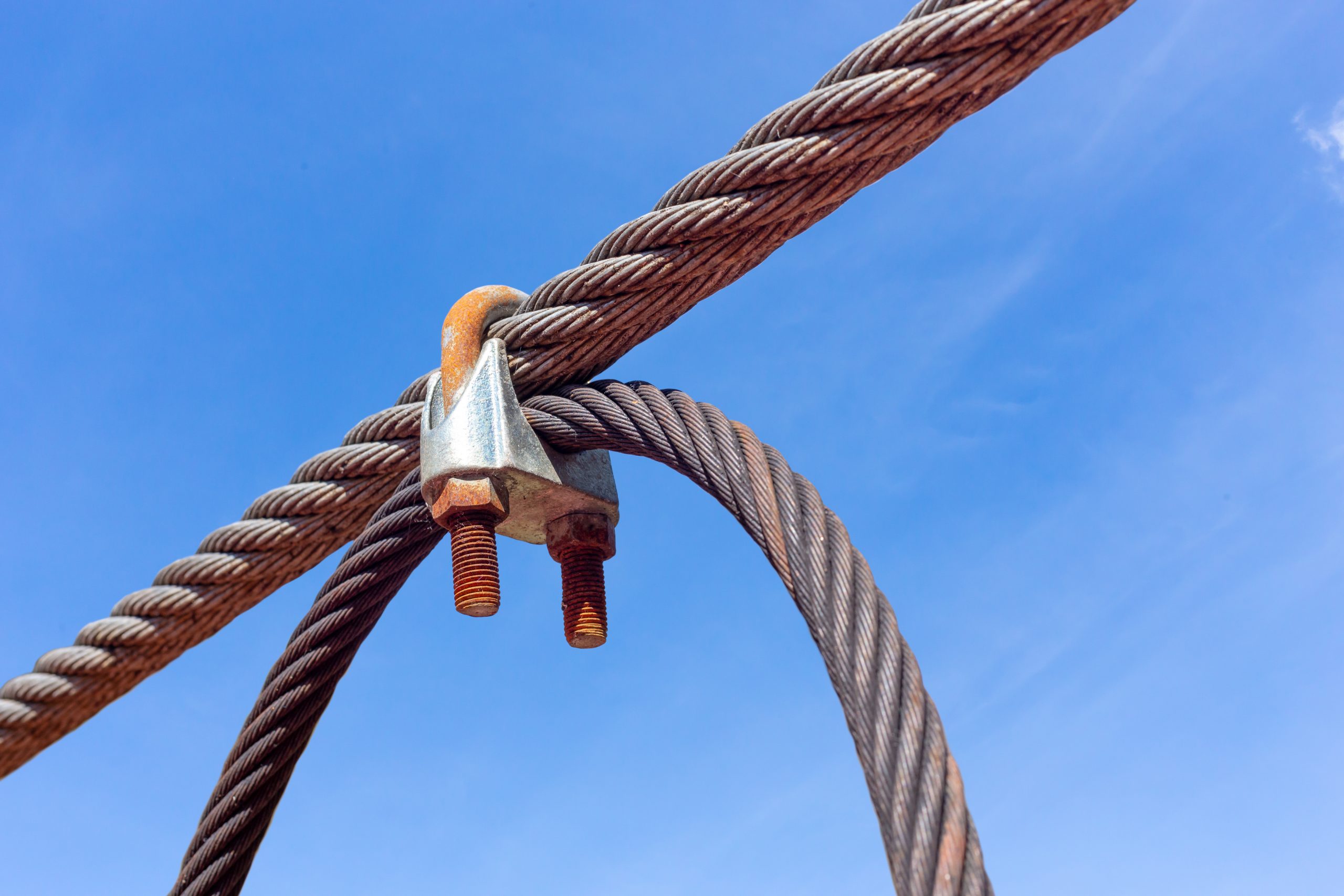
Wire Rope – Cable Clips Explain dangers There’s only one right way to install u-bolt cable clips when you want to get the maximum efficiency—up to 85%—out of a prepared loop or thimble-eye termination. Otherwise the capacity of the termination can be severely reduced, risking the lives of workers and others nearby. Because u-bolt clips […]
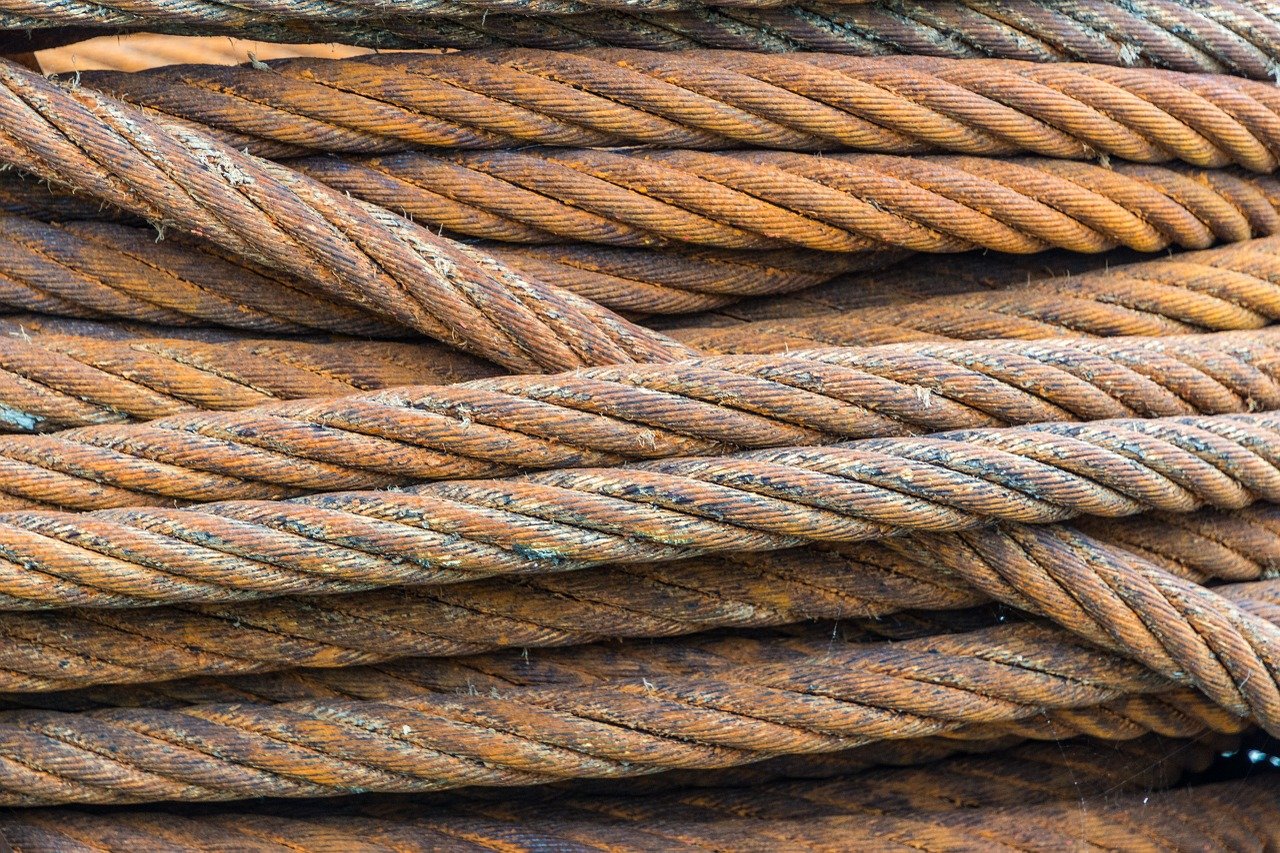
Wire rope—Inspection Explain dangers Damage from wear and tear can reduce rope strength and capacity, endangering workers who rely on the rope. Identify controls Wire rope in continuous service should be checked daily during normal operation and inspected weekly. Rope that has not been used for a month should be inspected thouroughly. There are warning […]
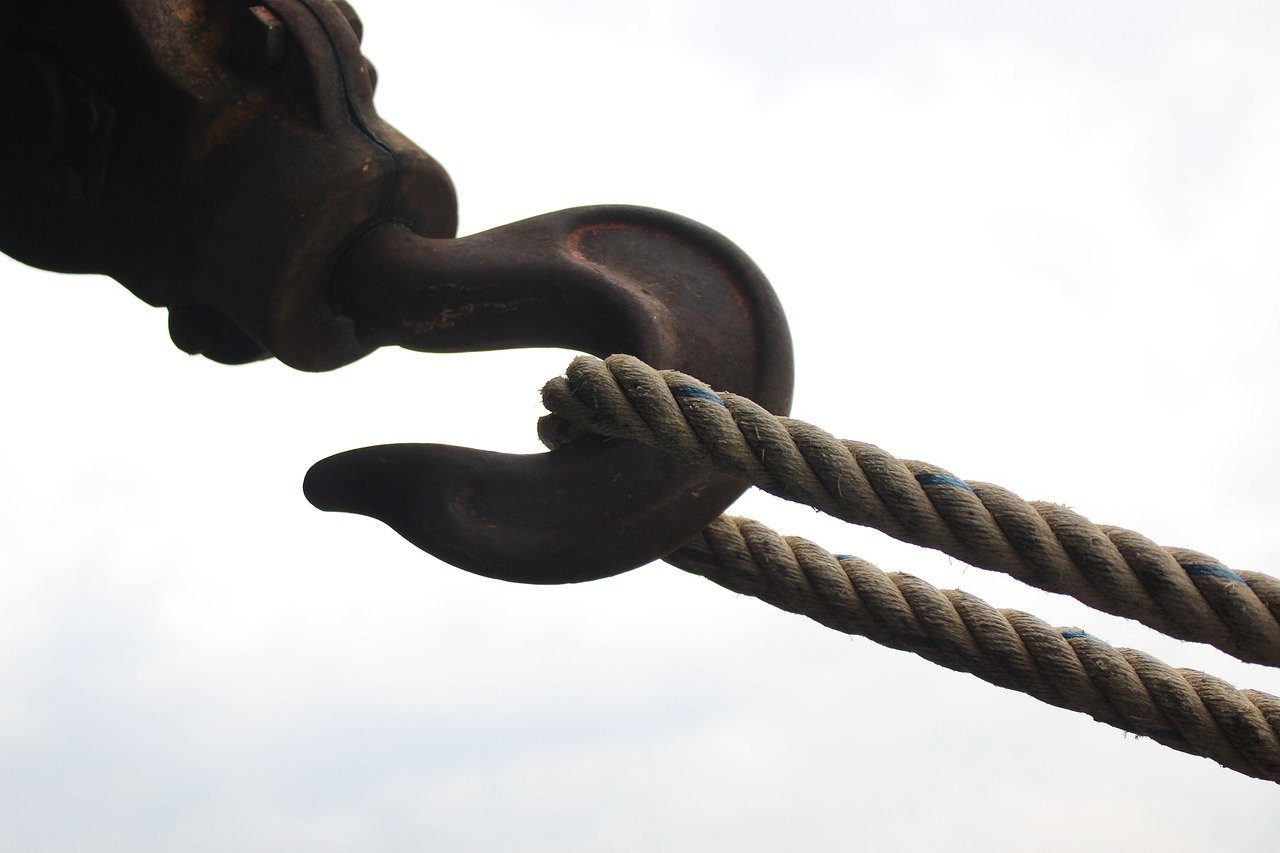
Rigging Hardware Explain dangers Rigging is only as strong as its weakest link. Workers’ lives depend on the strength of that link. It doesn’t matter what safe working load is stamped on a hook if the hook is cracked and twisted or opening up at the throat. It can’t deliver its full rated capacity. Inspection […]
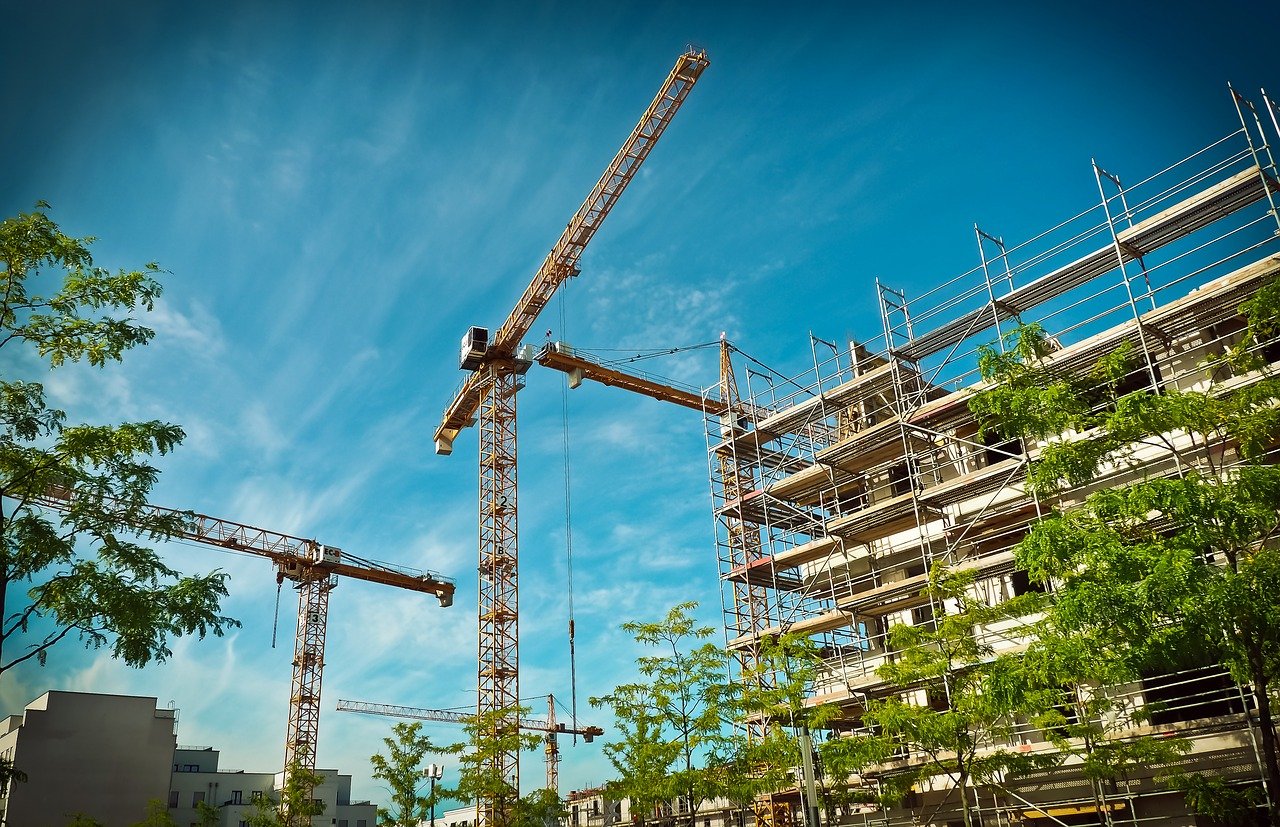
Formwork—Leading edge Explain dangers In the high-rise formwork industry, nearly 23 per cent of all lost-time injuries are caused by falls. Most of these injuries result in sprains and tears, fractures, and concussions. A leading edge is the unprotected side and edge of a floor, a roof, or formwork. It changes location as workers place […]
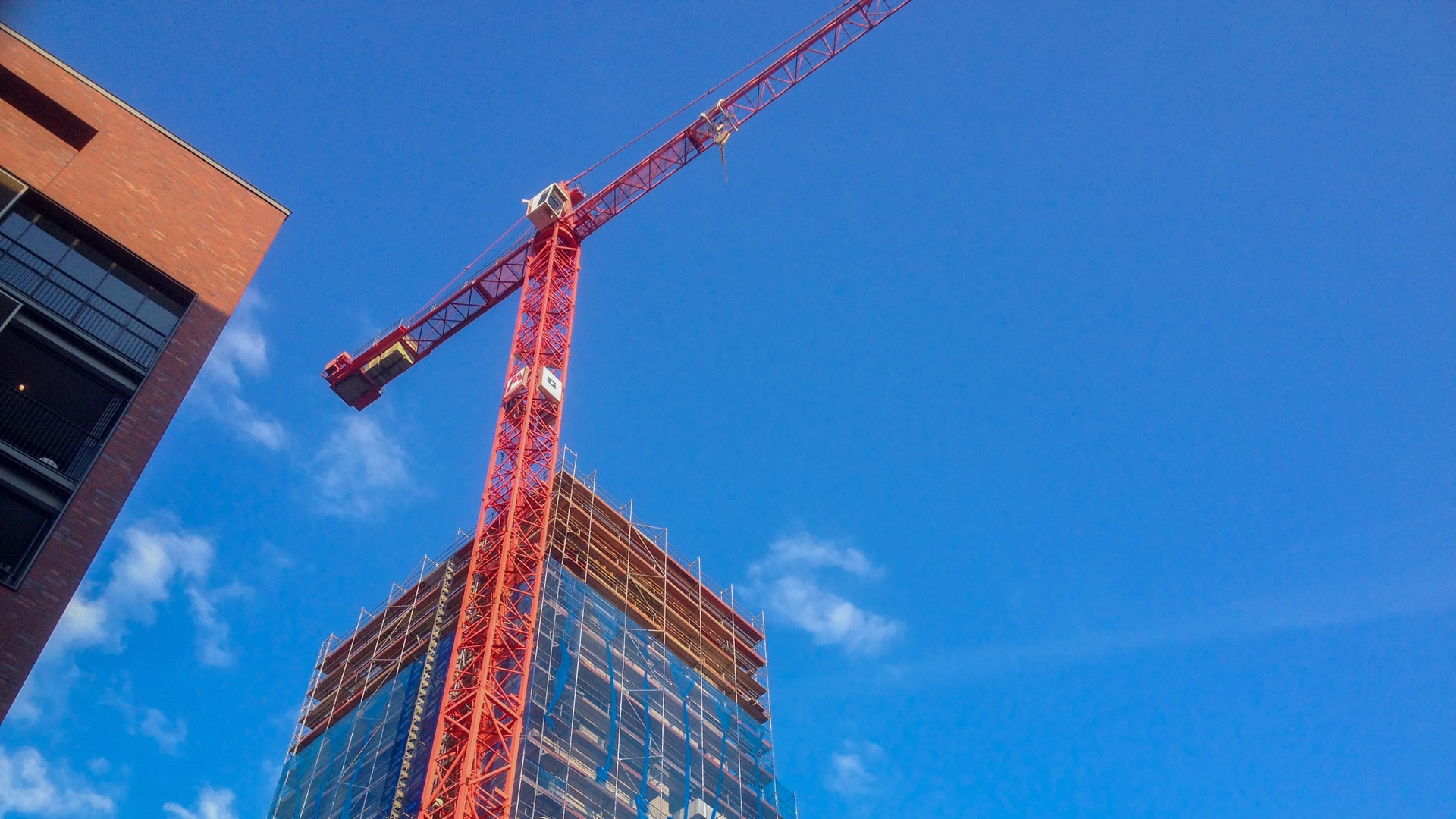
Flying forms—Working at heights hazards Explain dangers Flying forms can save time and, in some cases, are safer than using built-in-place methods. However, flying forms have some significant hazards that can lead to serious injury if proper precautions aren’t taken. One of the main hazards associated with flying forms is when working at heights. The […]
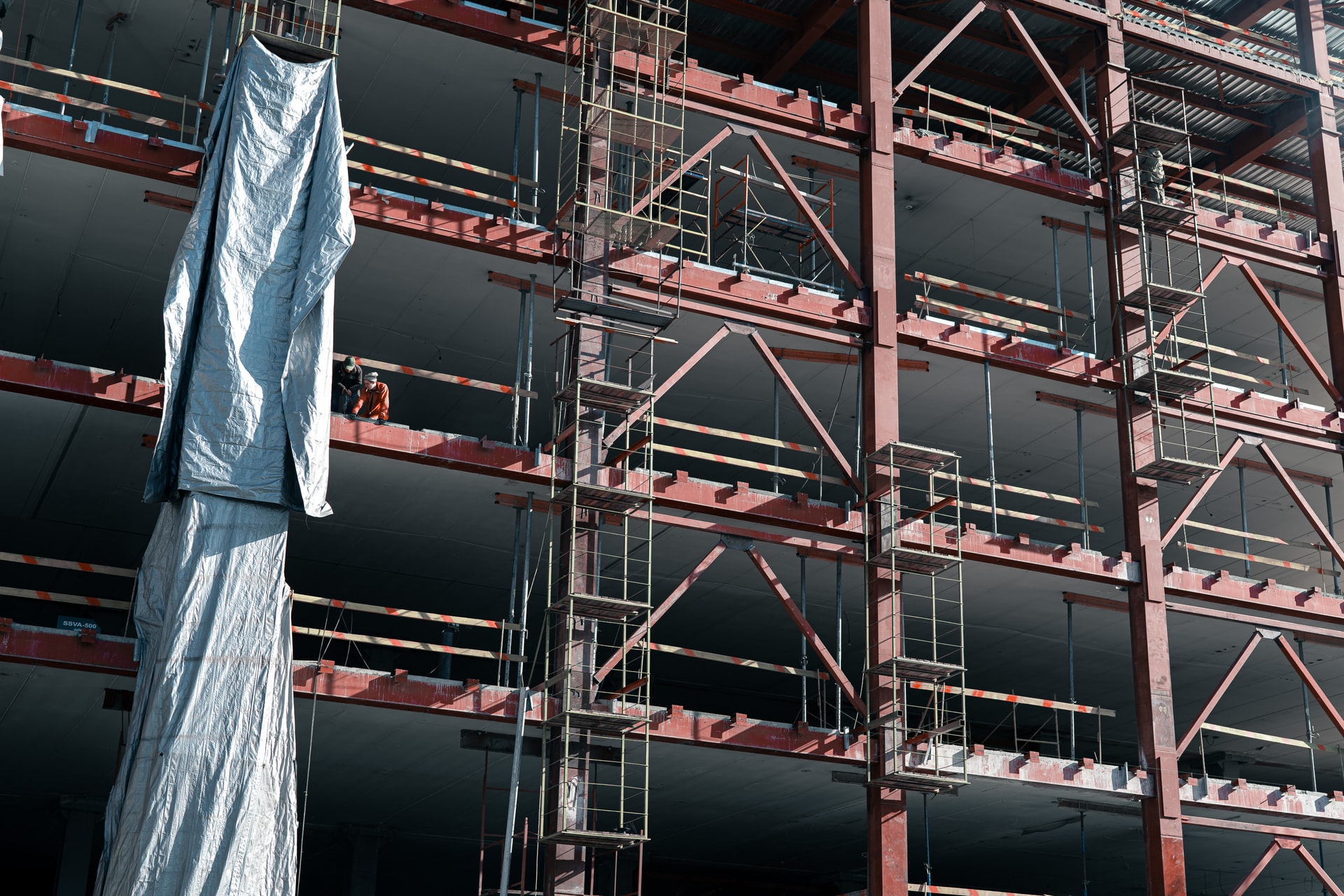
Floor and roof openings Explain dangers If proper guarding is not in place, workers can be exposed to falls when working around floor and roof openings. Avoiding such hazards may seem like common sense, but a moment of distraction around an uncovered opening can end in disaster. Identify controls Installing guardrails around an opening is […]
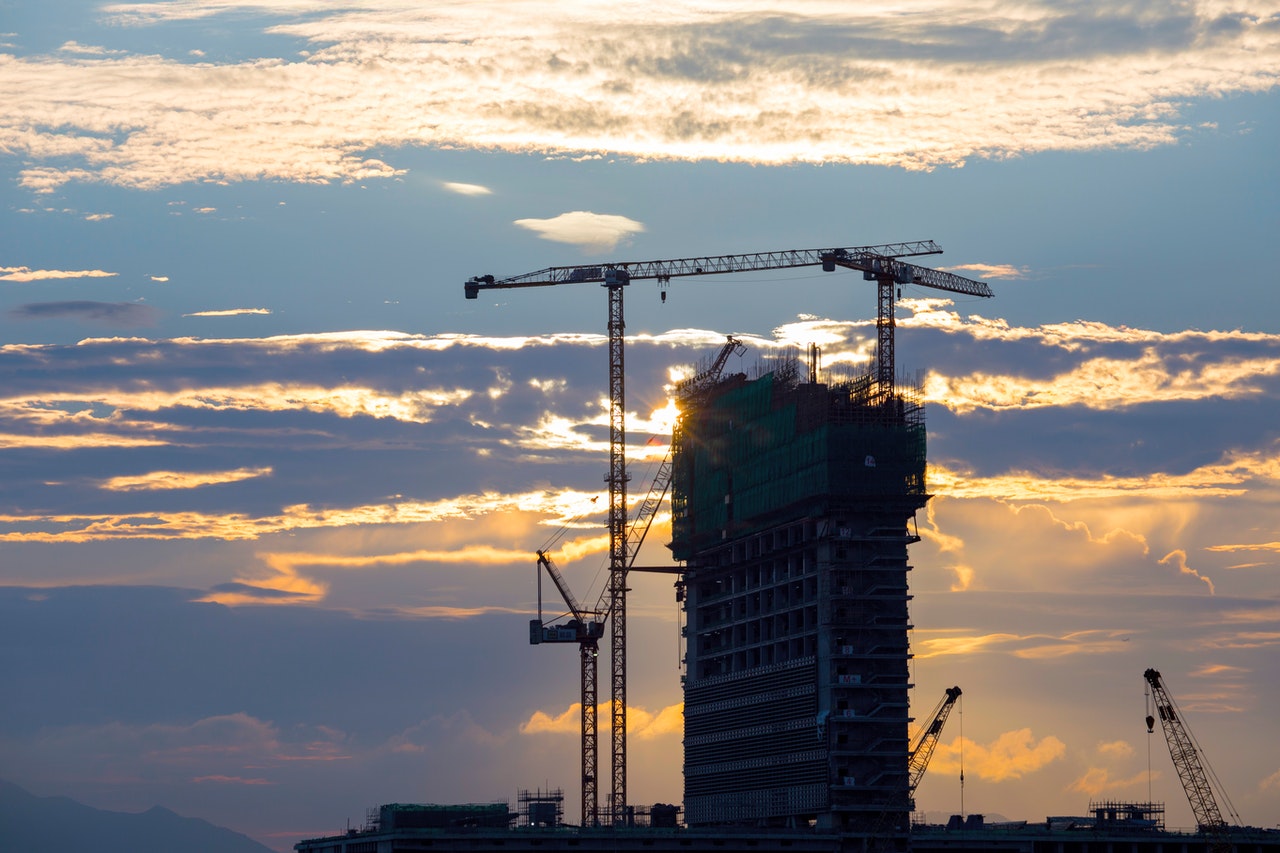
Suspended access equipment—Counterweights Explain dangers Without the right number of counterweights, suspended access equipment (SAE) can fail, leading to injury or death. Identify controls Here’s how to calculate the number of counterweights you need to support the SAE. Since we need to build in a safety factor of 4, the effect of the counterweights holding […]
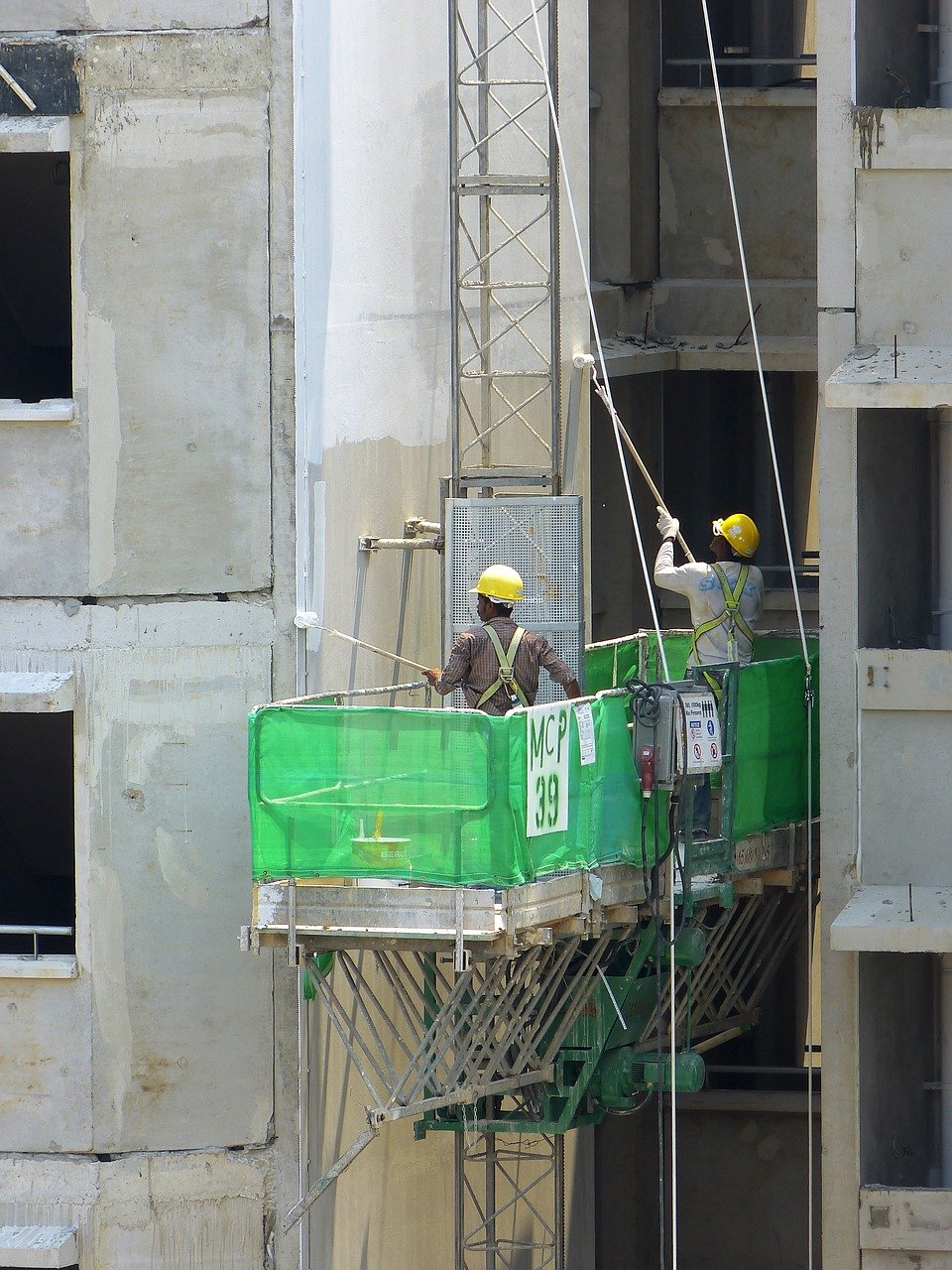
Suspended access equipment—Tiebacks Explain dangers Suspended access equipment (SAE) can fail if you don’t set up all of the components properly, such as tiebacks. Improper setup can lead to injury or death from a fall. Identify controls Tiebacks are used to secure the outriggers and counterweights of SAE. Wire ropes are recommended for tiebacks with […]
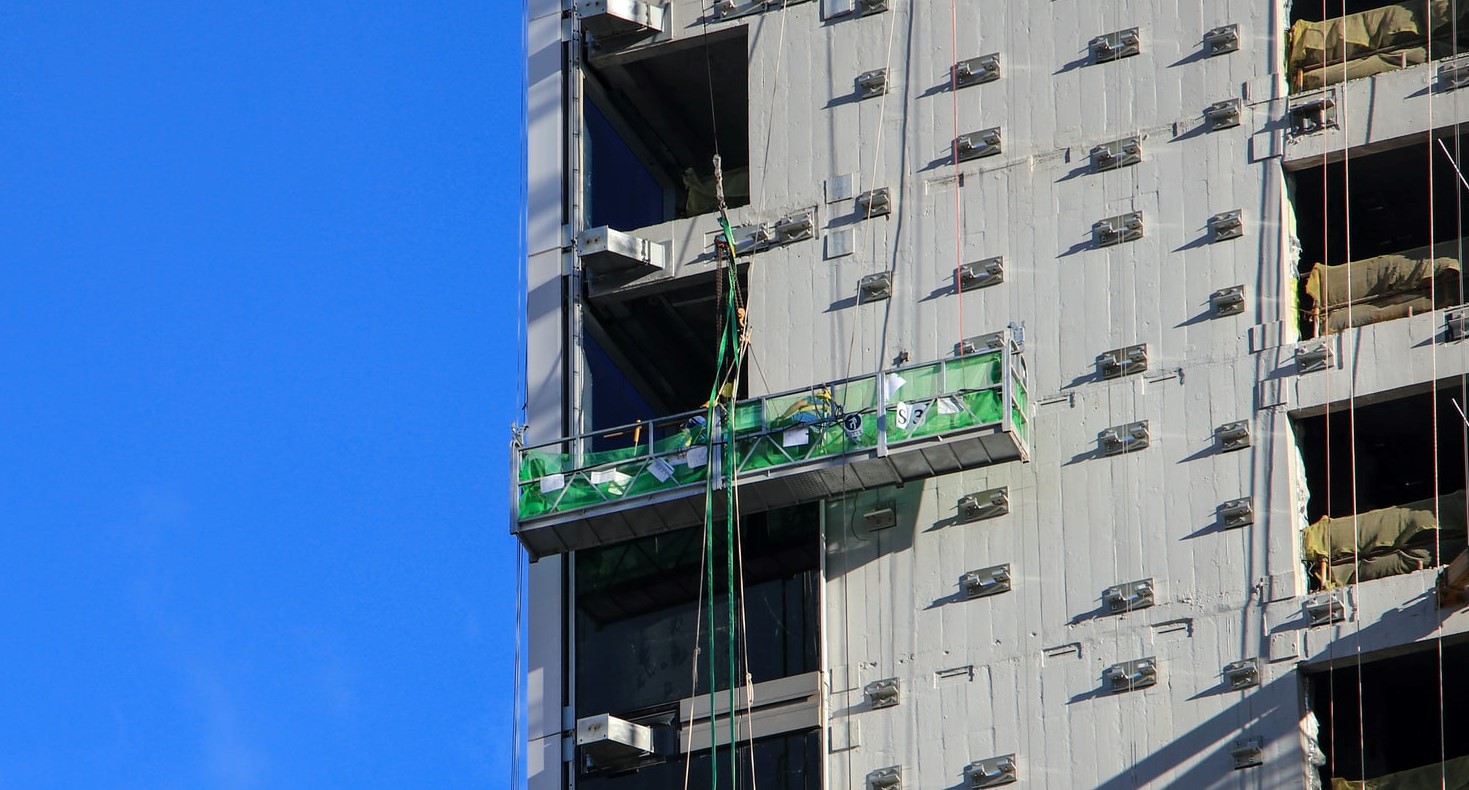
Suspended access equipment—Fall protection Explain dangers Every worker who uses suspended access equipment (SAE) must have two independent means of support. That way, if the suspension system on a swing stage, work cage, or bosun’s chair fails, you will still be protected from a fall. A fall arrest system can be used as the second […]
